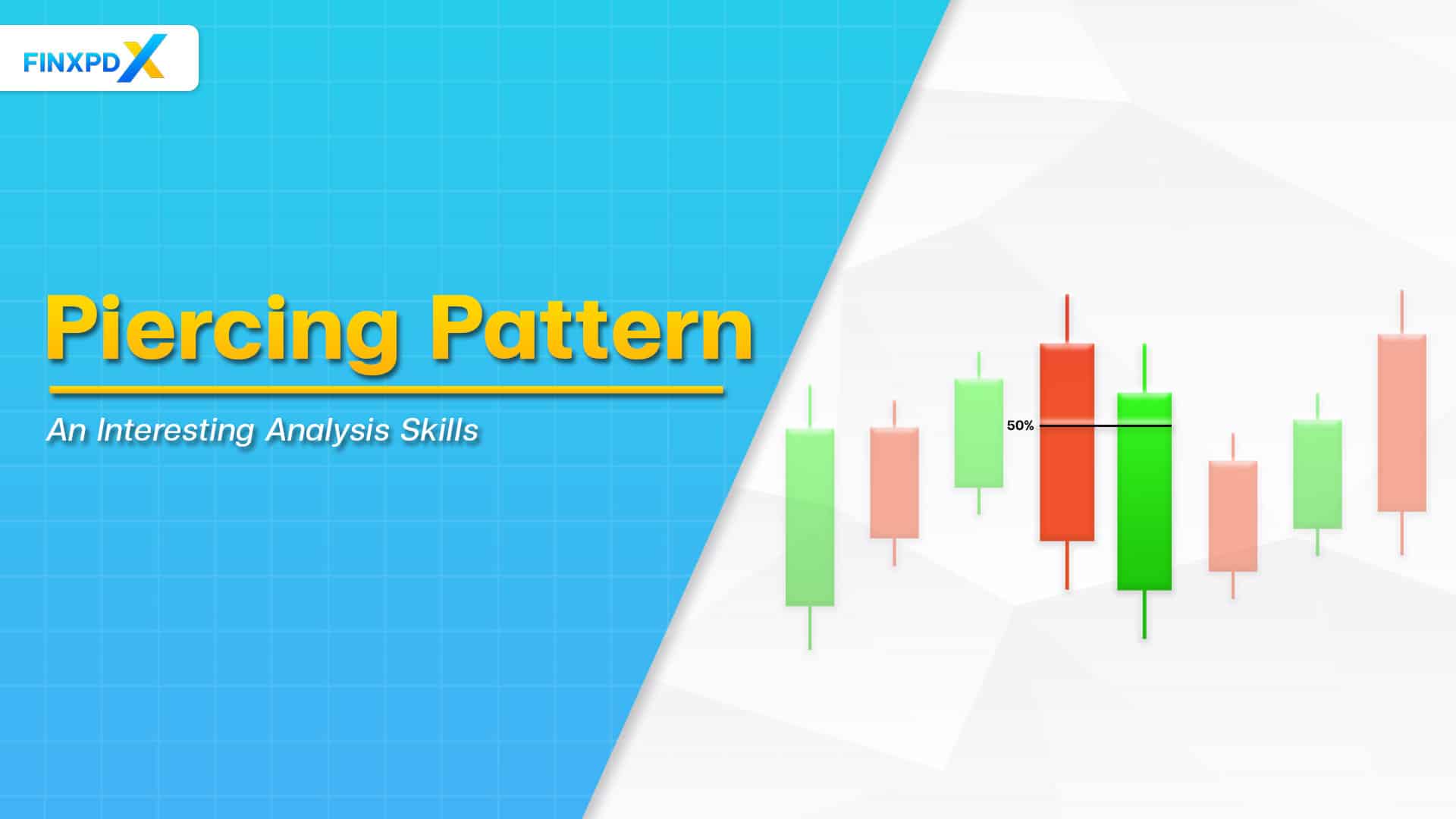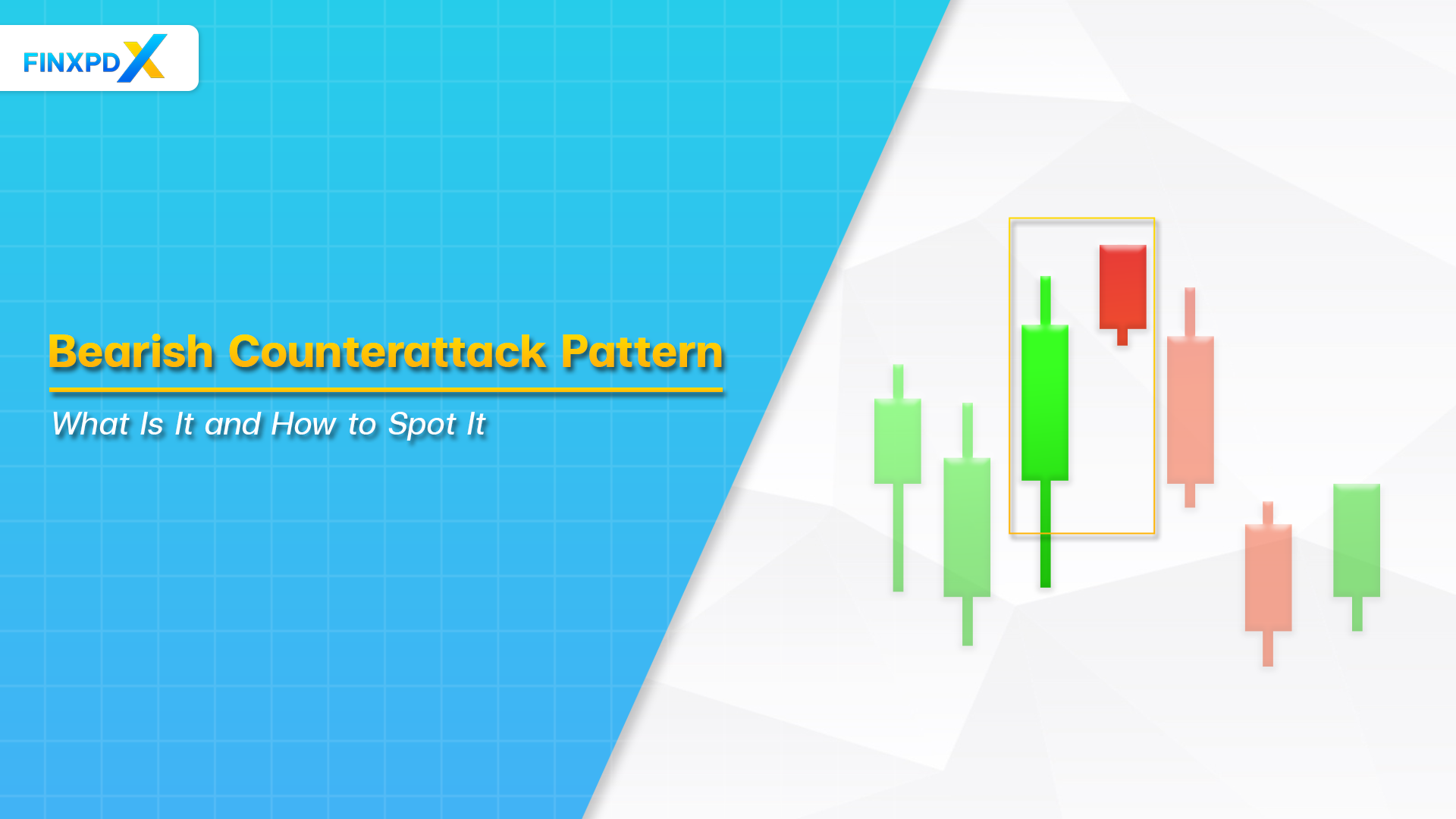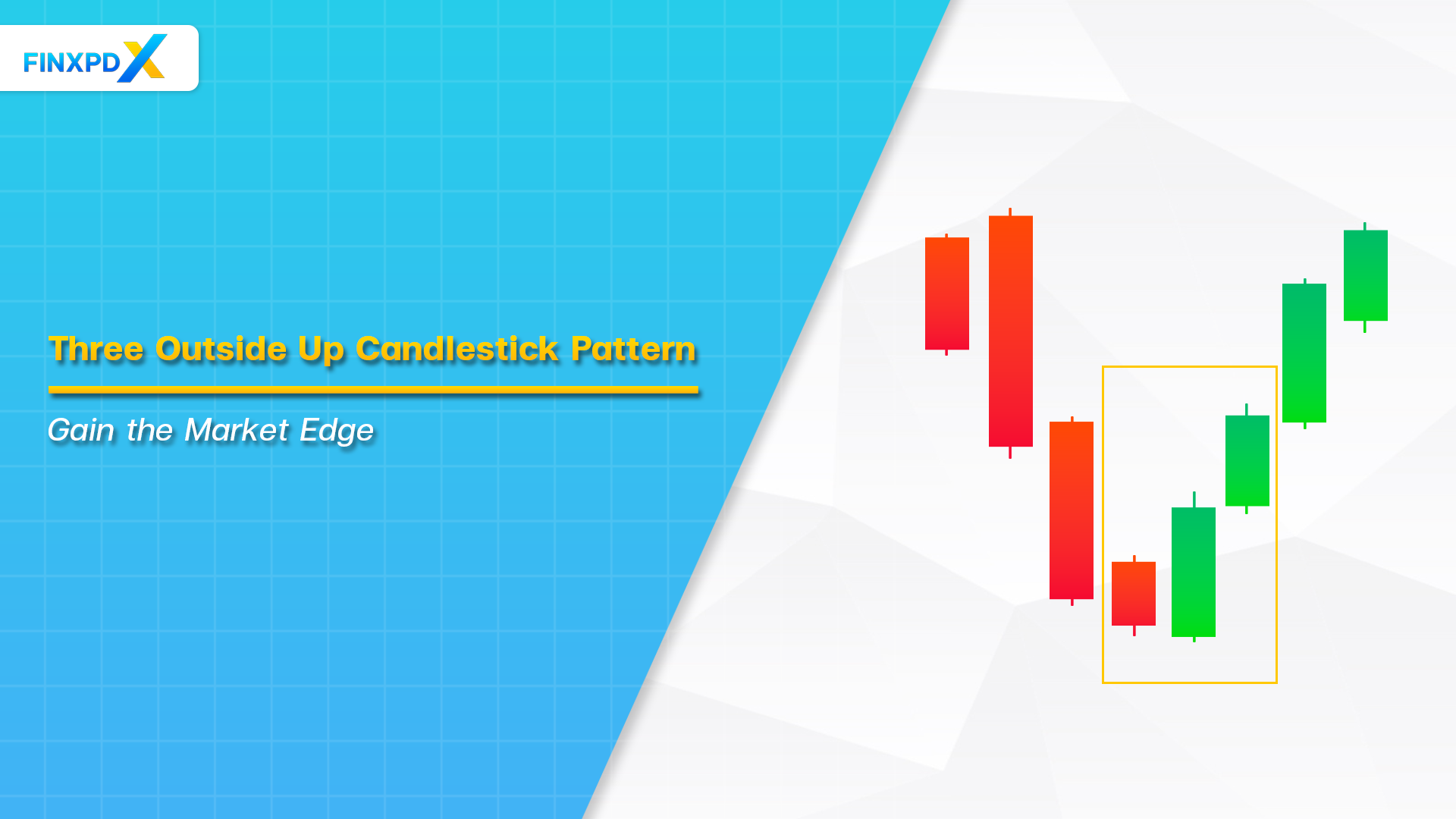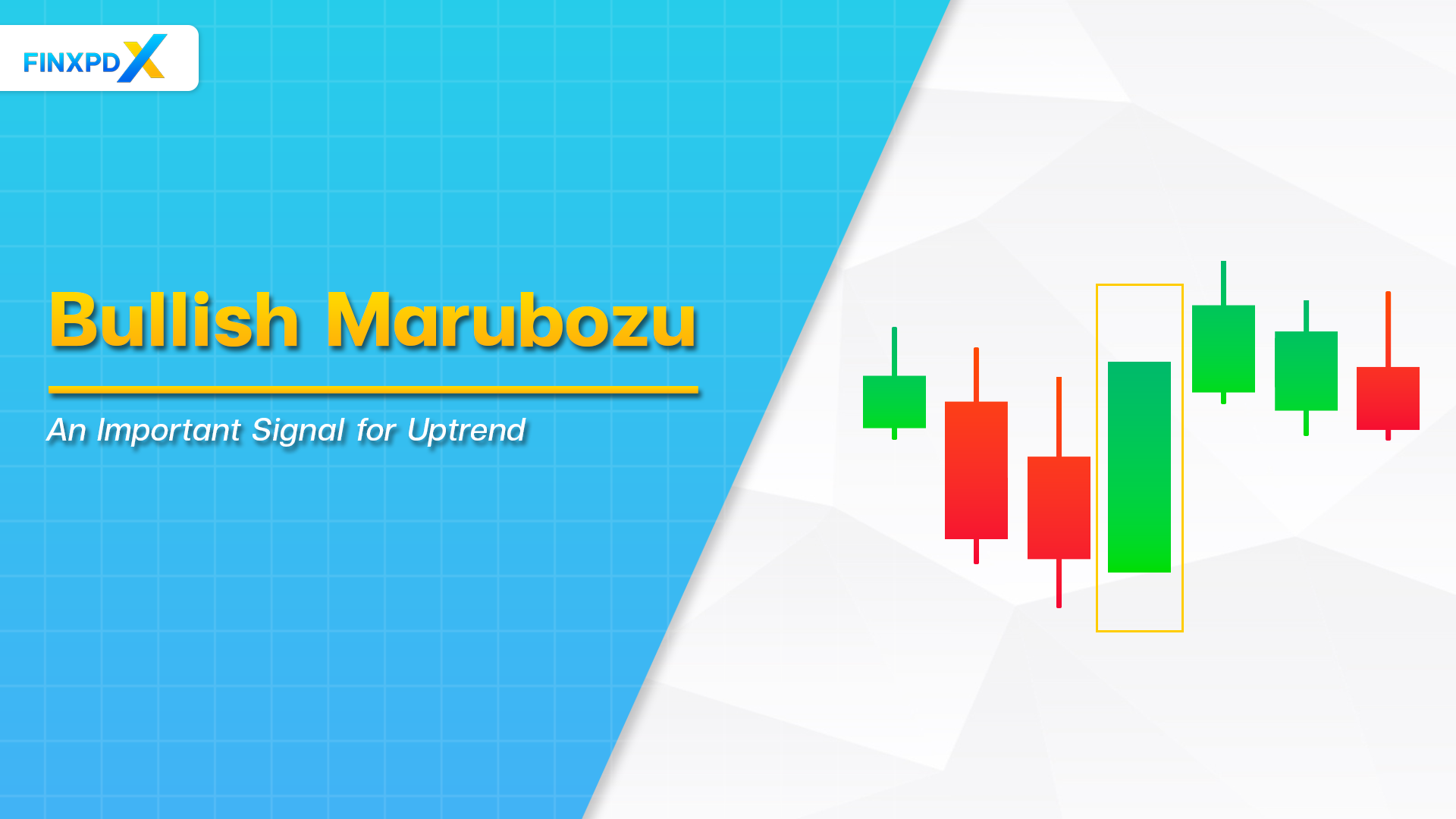The piercing pattern is a popular bullish reversal pattern in technical analysis. It helps traders identify potential market trend reversals, providing valuable signals for making informed trading decisions.
This article will explore its pattern, structure, formation, and conditions for traders. Additionally, we will discuss its implications and pros and cons.
What Is a Piercing Pattern?
The piercing pattern is a two-candlestick pattern that signals a potential bullish reversal. It occurs in a downtrend and consists of a long bearish candlestick followed by a bullish candlestick that opens below the previous day’s low and closes within the prior bearish body, covering at least half of it.
This pattern is closely related to the dark cloud cover pattern, a bearish reversal pattern with opposite characteristics. The key difference between these patterns lies in their implications: while this pattern indicates a possible upward trend, the dark cloud cover suggests a potential downward trend.
Key Takeaways
- The piercing pattern is a two-candlestick formation indicating a potential bullish reversal in a downtrend.
- The piercing pattern is bullish, whereas the dark cloud cover pattern is its bearish counterpart.
- The pattern consists of a long bearish candle followed by a bullish candle that closes within the previous bearish body.
- The piercing pattern signals a potential trend reversal from bearish to bullish, offering buying opportunities.
The Structure of Piecing Pattern

The piercing pattern’s structure comprises two candlesticks with specific characteristics.
- The first candlestick is a long, bearish candle.
- The second candlestick is a bullish one that opens below the previous day’s low and closes within the prior bearish body, covering at least half of it.
This formation visually suggests a shift in market sentiment from bearish to bullish. The pattern’s appearance signals traders to consider a potential upward trend, making it a valuable tool in technical analysis.
The Formation of Piercing Pattern
The formation of a piercing pattern occurs under specific market conditions. It typically appears after a long downtrend, signaling a potential reversal. The first candlestick in the pattern reflects strong selling pressure, pushing prices lower. The second candlestick indicates a change in sentiment as buyers step in, driving prices higher.
This shift creates the candlestick pattern, suggesting that the downward momentum is weakening and an upward reversal may be coming. The high trading volume during the formation increases the pattern’s reliability, providing traders with a stronger signal to act upon.
What Does a Piercing Pattern Imply?
A piercing pattern implies a potential bullish reversal in the market. When this pattern appears, it suggests that selling pressure is diminishing and buyers are gaining control.
For traders, this signals an opportunity to enter long positions, anticipating an upward price movement. This is an early warning sign, allowing traders to capitalize on potential trend reversals. However, it’s essential to confirm the pattern with other technical indicators and candlestick patterns and consider the overall market context to increase the accuracy of trading decisions.
You can click the button below to download PDF
⚠️Tip: Traders should implement stop-loss orders to manage risk. This protects against unexpected market movements.
The Pros and Cons of Piercing Pattern
This analysis helps evaluate the effectiveness and potential pitfalls of using this candlestick pattern in different market conditions.
Pros
- The piercing pattern provides an early signal of potential trend reversals.
- It is easy to identify, making it accessible for traders of all experience levels.
- The pattern’s reliability improves with high trading volumes.
- It allows traders to enter positions at favorable prices.
- The pattern enhances trading strategies when used with other analysis tools.
Cons
- The piercing pattern may produce false signals in volatile markets.
- The pattern can be unreliable if not confirmed with other technical indicators.
- The piercing pattern has limited effectiveness when used in isolation.
- The pattern requires consideration of the overall market context for accuracy.
Conclusion
The piercing pattern is a valuable tool in the arsenal of technical analysts and traders. It offers a reliable indication of potential bullish reversals in the market. By understanding its structure, formation, and implications, traders can better anticipate market movements and make informed decisions.
While the pattern provides early signals and favorable entry points, confirming its validity with other technical indicators and considering the overall market context is essential. By integrating this candlestick pattern into a comprehensive trading strategy, traders can enhance their ability to navigate the complexities of the financial markets.
FAQs
It is a two-candlestick formation that signals a potential bullish reversal in a downtrend.
It is bullish, indicating a potential upward trend.
It signals a potential trend reversal from bearish to bullish, suggesting buying opportunities.
The opposite of a piercing pattern is the dark cloud cover pattern, which indicates a bearish reversal.
Limitations include the potential for false signals in volatile markets and the need to confirm with other technical indicators.
Related Articles:
- Cashback Forex: Your Guide to Extra Earnings
- Good Friday 2024: Explore New Investment Options
- Songkran Festival: A Frenzy in Forex Market
- Xmaster Formula Indicator: Reliable Signal Tool
Read more: Forex








